Can healthcare providers help many individuals with lumbar disc degeneration find relief through spinal decompression treatments? Introduction Many individuals often do everyday motions that can…
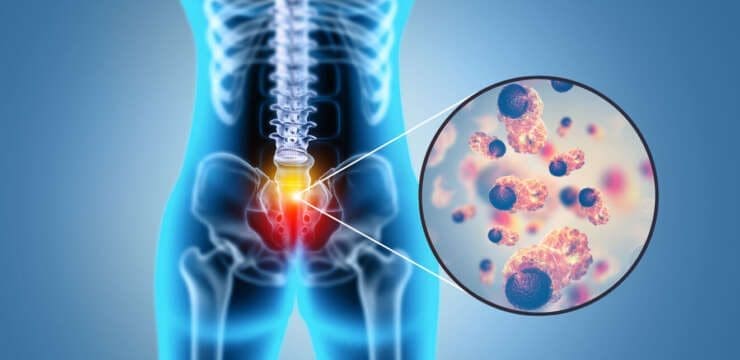
Dr. Alex Jmenez, Chiropractor and Health Expert Discusses: Spinal Decompression Therapies, Protocols, Rehabilitation, and Advance Treatments Care Plans
At our offices, we offer conservative care for degenerative spinal conditions, including several treatment modalities. Thus, the traction distinguishes as it can elicit the body’s protective proprioceptive response to distraction, reducing intradiscal pressure and minimizing symptoms secondary to disc herniation and axial pain.
Our integrative treatments aim to determine the clinical effects of a short treatment course of motorized axial spinal decompression for patients with pain and physical impairment caused by either lumbar or cervical degenerative disc pathology with no immediate surgical indication.
Conservative care for mid to long-term degenerative spinal conditions with axial and irradiated pain generally includes pharmacological treatment, physical rehabilitation, or injections. Mechanical traction is an old treatment modality, which has been decreased in use facing other modern technologies or utilized in combination with other treatment modalities, such as manual therapy, exercises, heat, or electrotherapy. We, too, offer advanced spinal treatment workshops and boot camps to help educate patients on the dynamics of spinal hygiene.
Our patients get treated for chronic radicular axial spinal pain. This is a referred pain in the spinal axial skeleton and is considered a syndrome with both nociceptive and neuropathic pain components. Patients report improvement in symptoms with a reduction of the axial load in the spine.
Previous studies have shown a decrease of pressure in the intervertebral disc after traction, unloading of the spinal structure, and alleviating the inflammatory reaction of the nerve roots. Here, we present our patients’ literature and scientific background information to make educated decisions about the advanced spinal decompression protocols.
If you’re looking for a non-surgical solution for your persistent back or leg pain, you may want to try spinal decompression therapy. Unlike invasive or laparoscopic surgeries, spinal decompression does not require the patient to go under the knife. Instead, the patient’s spine is stretched to relieve back and leg pain. The goal of spinal decompression is to create an ideal healing environment for the affected areas.
This treatment is typically used for:
Bulging discs
Degenerating discs
Herniated discs
Call us today to schedule your first appointment! Our team in El Paso is happy to help.

Can healthcare providers help many individuals with lumbar disc degeneration find relief through spinal decompression treatments? Introduction Many individuals often do everyday motions that can…
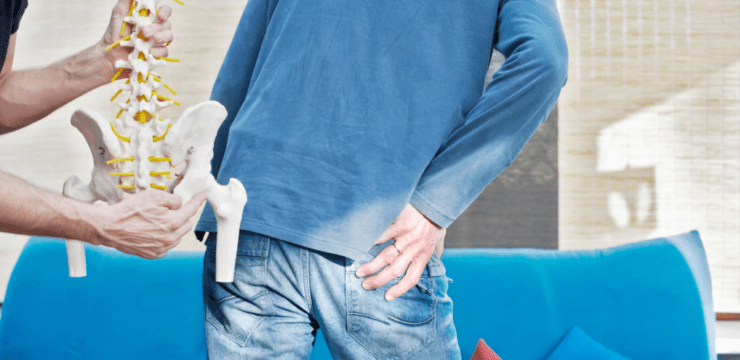
For individuals with back pain, how can health practitioners incorporate non-surgical solutions to reduce spinal pain? Introduction The spine is one of the most important…

Can various therapeutic options provide relief for individuals with upper crossed syndrome to restore muscle strength? Introduction Many individuals often suffer neck and shoulder pain…

Can individuals with low back pain find relief with spinal decompression combined with chiropractic care to reduce muscle pain? Introduction Everyone worldwide has dealt with…
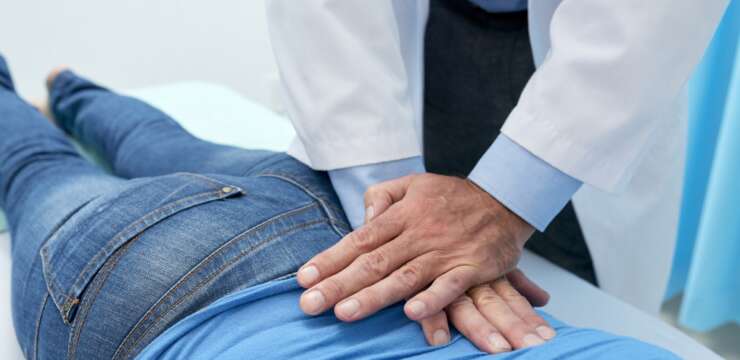
In individuals with lumbar back pain, can pain specialists utilize distraction techniques to reduce muscle spasms? Introduction Many individuals dealing with specific or nonspecific back…
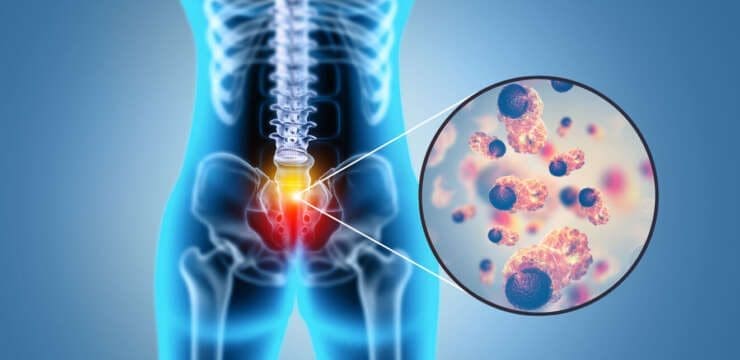
How can spinal decompression reduce pain while restoring spinal flexibility in many individuals with lumbar degenerative disorders? Introduction As we naturally age, so do our…
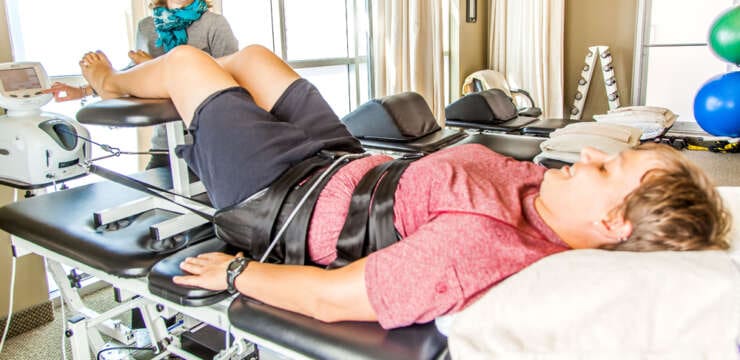
Can healthcare professionals help individuals with spinal pain by incorporating non-surgical spinal decompression to restore mobility? Introduction Many individuals don’t realize that putting unwanted pressure…
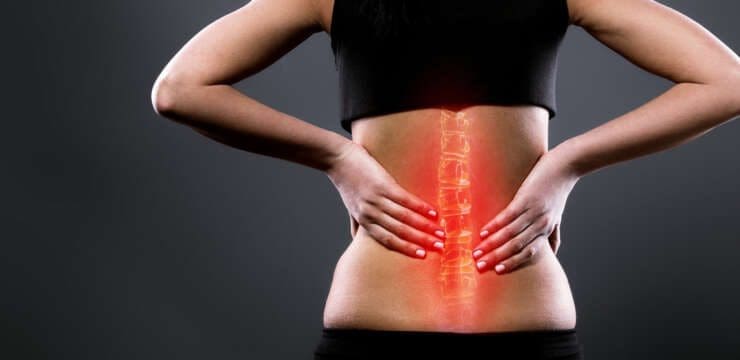
Can healthcare professionals provide the best non-surgical therapeutic options for individuals with chronic low back pain? Introduction Chronic low back pain can happen to numerous…
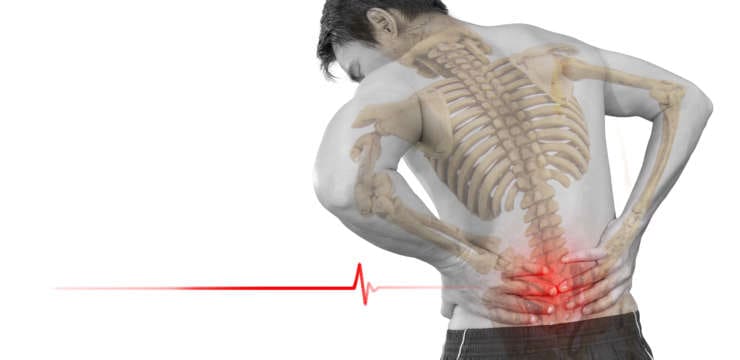
Can non-surgical options be beneficial for many working individuals with low back pain than surgical therapeutic options? Introduction Many working individuals will experience pain in…
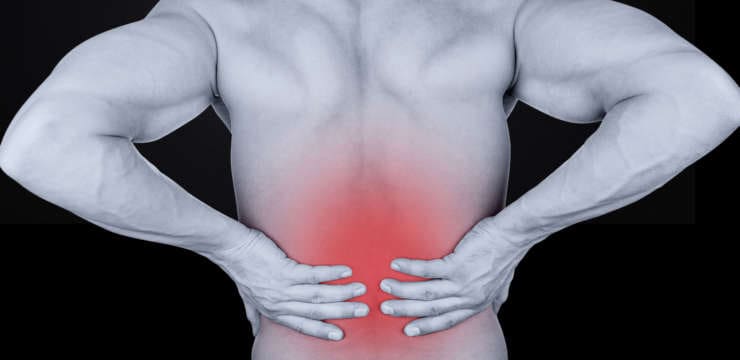
Can traction therapy help many individuals dealing with low back pain reduce inflammation and improve quality of life? Introduction When many individuals do everyday activities,…
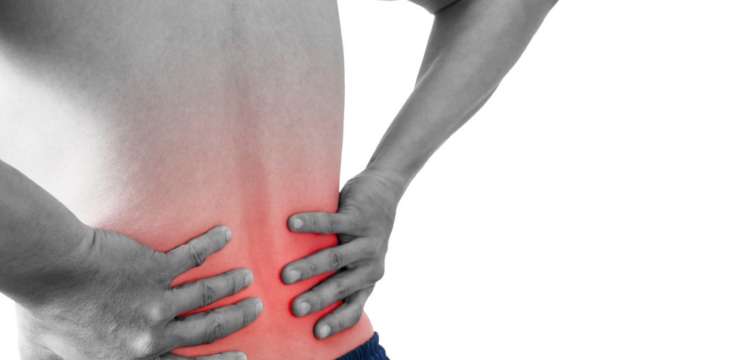
Can lumbar traction therapy alleviate an individual’s lower back pain by restoring weak trunk muscles over time? Introduction The trunk muscles are the body’s main…

How does innovated non-surgical treatment help assist individuals with cervical spinal pain to reduce headaches? Introduction Do you or your loved ones often experience headaches…
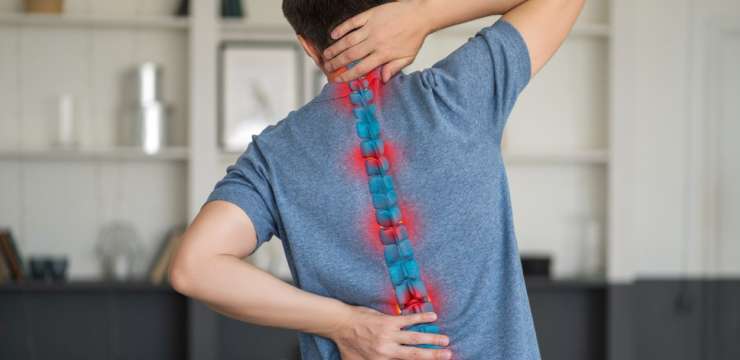
In individuals with herniated discs, how does non-surgical decompression compare to traditional surgery repair the spine? Introduction When many individuals begin to add unnecessary pressure…
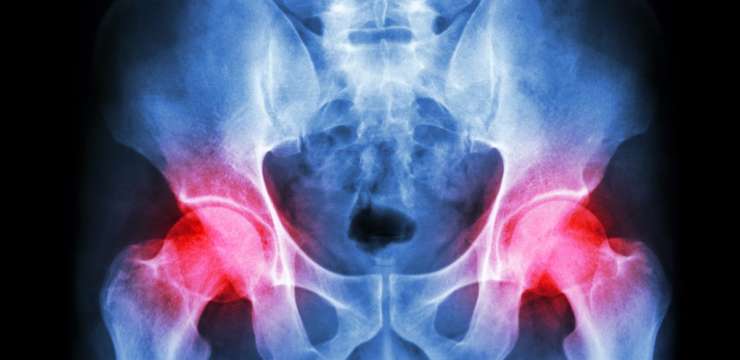
“For individuals with pelvic pain, how do MET treatment strategies reduce muscle weakness in the hips region?” Introduction The pelvis’s main job is to ensure…
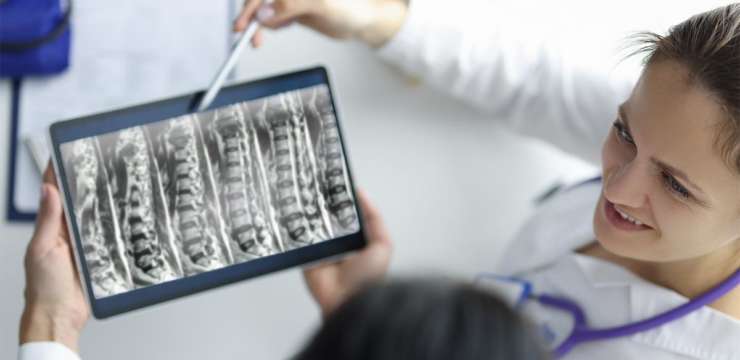
In individuals with discogenic low back pain, how does incorporating decompression reduce muscle strain in the back? Introduction When it comes to low back pain,…

Can the effects of vertebral decompression relieve individuals with herniated discs and reduce intradiscal pressure on the spine? Introduction The spine’s main job is to…
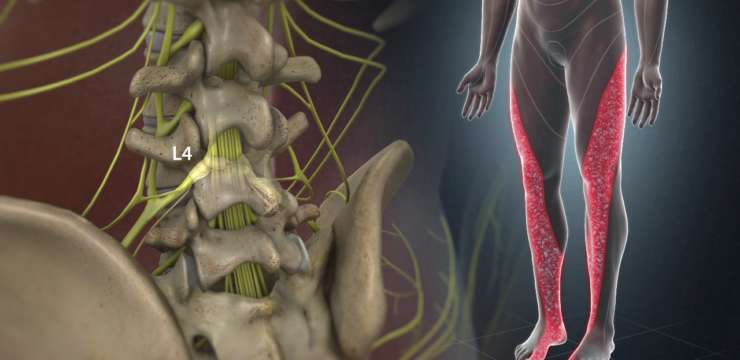
Can spinal decompression treatments be incorporated for individuals with lumbosacral pain and improve posture? Introduction Many individuals only realize they have poor posture once they…